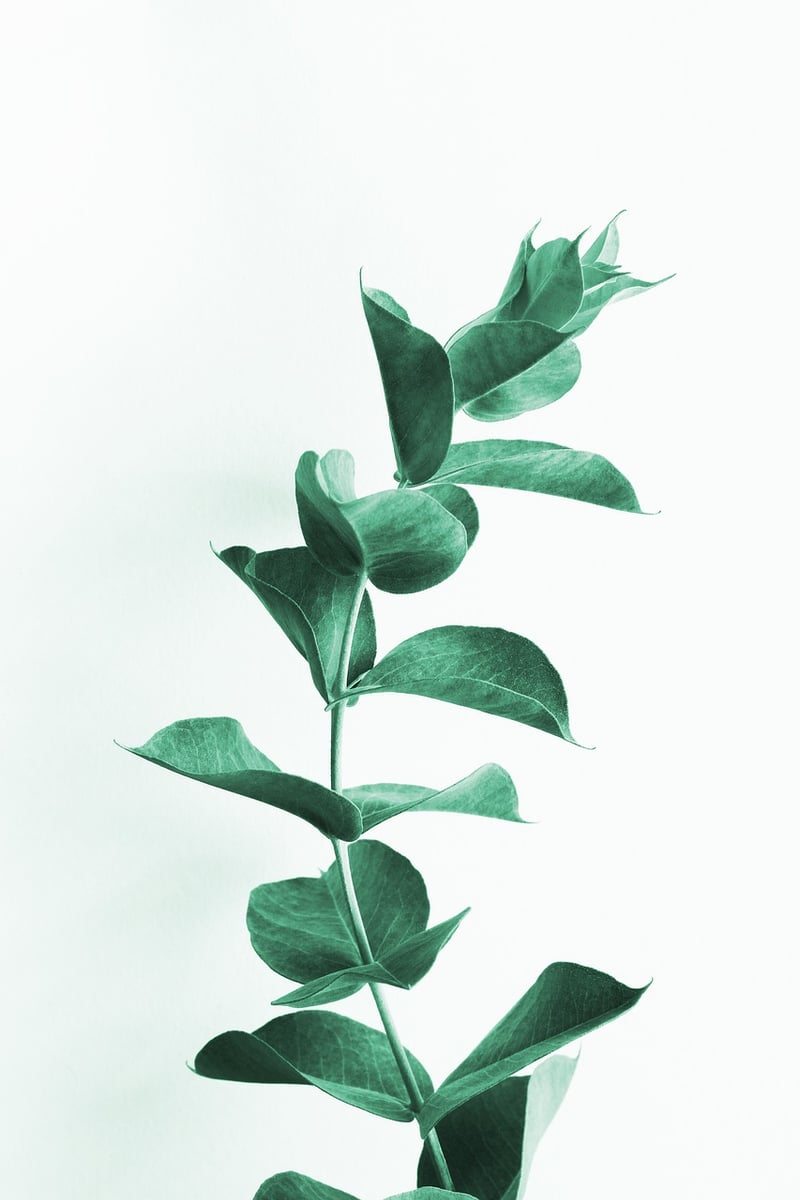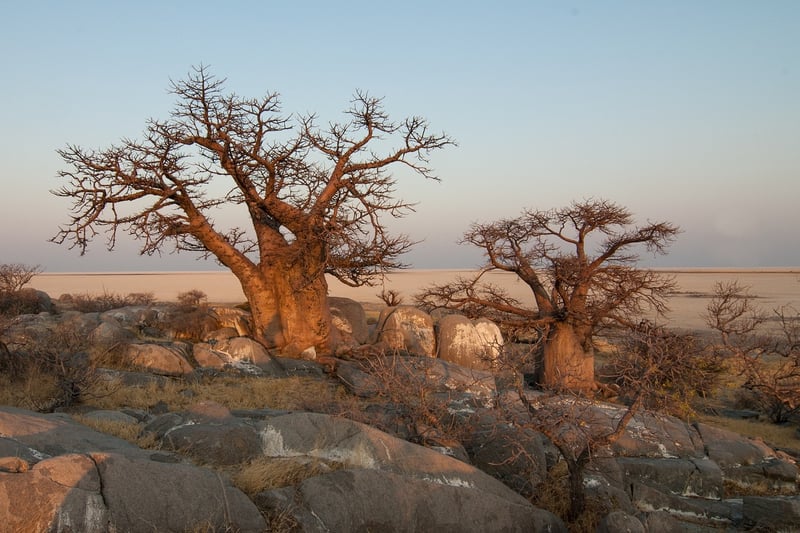Indigenous Plants
Discover the Richness of Indigenous Plants: A Guide to Diverse Plant Species
Indigenous plants hold a special place in the world of flora for their unique characteristics, cultural significance, and environmental benefits. Let's delve into the fascinating realm of diverse plant species, with a particular focus on indigenous plants that have thrived for centuries in harmony with nature.
Why Indigenous Plants Matter
Indigenous plants are native to specific regions and have adapted to local environmental conditions over thousands of years. These plants play a crucial role in maintaining biodiversity, supporting local ecosystems, and preserving traditional knowledge.
Benefits of Growing Indigenous Plants
- Require less water and maintenance
- Support local wildlife, such as birds and insects
- Preserve genetic diversity
- Enhance resilience to climate change
- Connect us to cultural heritage and traditional practices
Popular Indigenous Plants Around the World
1. Eucalyptus (Australia)

Eucalyptus trees are iconic to Australia, known for their aromatic leaves and diverse uses in medicine, construction, and as a source of essential oils.
2. Agave (Mexico)

Agave plants, used to make tequila, mezcal, and agave syrup, are integral to Mexican culture and have sustainable qualities that benefit the environment.
3. Baobab (Africa)

The baobab tree is a symbol of Africa, revered for its nutritional fruit, water-storing trunk, and cultural significance in traditional African societies.
Cultivate Diversity in Your Garden
By incorporating indigenous plants into your garden or landscape, you not only support biodiversity but also celebrate the rich tapestry of plant life that thrives around the world. Embrace the beauty and benefits of indigenous plants and join the movement towards sustainable gardening practices.
Remember, each plant tells a story of resilience, adaptation, and interconnectedness with nature. Let's nurture and protect these botanical treasures for generations to come.
Explore more indigenous plants and discover the wonders of biodiversity in your own backyard!
For more information on indigenous plants, visit Botanic Gardens Conservation International.
